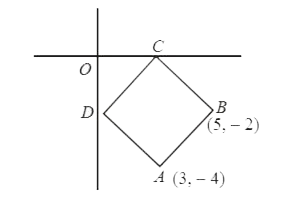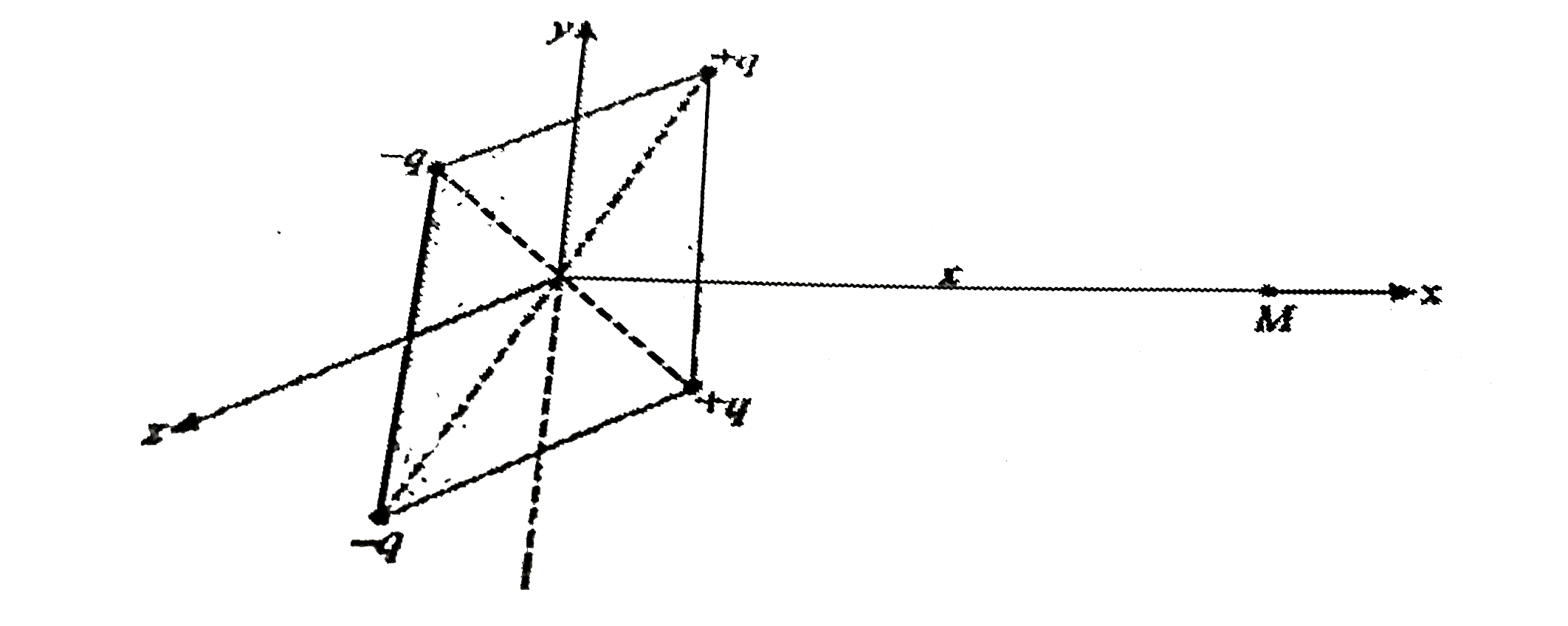(3,- 4) and (5, -2) are two consecutive vertices of a square in which (2, -2) is an interior point. The centre of the square is at

(1, 2)
(3, - 2)
(0, 2)
(4, - 2)
The correct Answer is:B
Step by step video, text & image solution for (3,- 4) and (5, -2) are two consecutive vertices of a square in which (2, -2) is an interior point. The centre of the square is at by Maths experts to help you in doubts & scoring excellent marks in Class 14 exams.
Updated on:21/07/2023Topper's Solved these Questions
- COORDINATE GEOMETRYBook:DISHA PUBLICATIONChapter:COORDINATE GEOMETRYExercise:TEST YOURSELF
Explore 15 Videos
- COORDINATE GEOMETRYBook:DISHA PUBLICATIONChapter:COORDINATE GEOMETRYExercise:STANDARD LEVEL
Explore 46 Videos
- AVERAGESBook:DISHA PUBLICATIONChapter:AVERAGESExercise:Test Yourself
Explore 15 Videos
- FUNCTIONSBook:DISHA PUBLICATIONChapter:FUNCTIONSExercise:Test Yourself
Explore 15 Videos
Similar Questions
Knowledge Check
If the points ( k, k -1) , (k + 2 , k + 1) and (k , k +3) are three consective vertices of a square , then its area (in square units ) is _______.
A2B4C8D6If the ratio of diagonals of two squares is 3:2 then the ratio of the areas of two squares is :
A4:5B6:5C9:4D√3:√2
If (2,1),(−2,5) are two opposite vertices of a square; then the area of the square is
View SolutionTwo opposite vertices of a square are (−1, 2) and (3, 2) . Find the coordinates of other two vertices.
View SolutionThe two opposite vertices of a square are (−1,2) and (3,2). Find the coordinates of the other two vertices.
View SolutionPoint charges q and -q located at the vertices of a square with diagonals 2l as shown in figure. Find the magnitude of the electric field at a point located symmetrically with respect to the vertices of the square at a distance x from its centre. Consider x>>l0
[−ql√2πε0x3]

View SolutionTwo adjacent vertices of a square are (1, 2) and (−2,6) Find the other vertices.
View SolutionQ.7 The two opposite vertices of a square are (l.-6)and (5,4). Find the coordinates of the other two vertices.
View Solution
